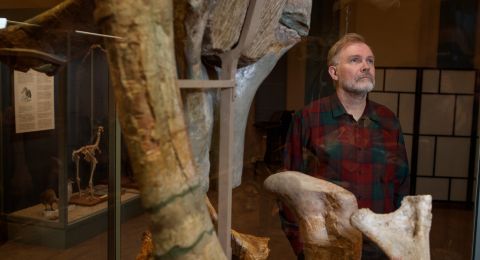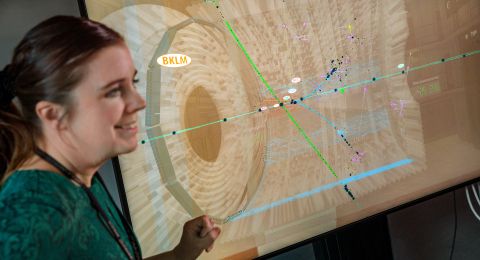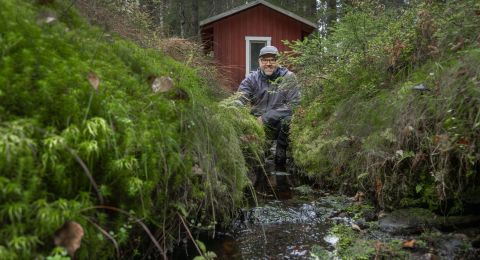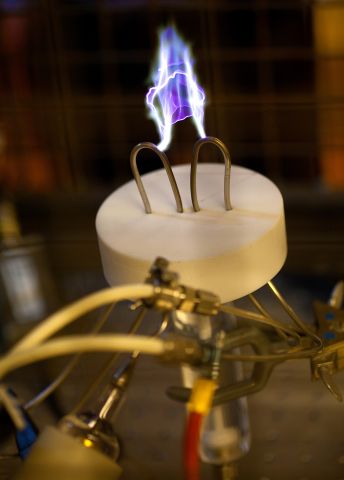
Project Grant 2013
Advanced non-intrusive laser diagnostics of high temperature environments
Principal investigator:
Marcus Aldén, Professor of Combustion Physics
Co-investigators:
Per-Erik Bengtsson
Knut Deppert
Zhongshan Li
Edvin Lundgren
Lars Samuelson
Technical University of Denmark
Peter Glarborg
Institution:
Lund University
Grant in SEK:
SEK 15.5 million over five years
At Lund University, there are some of the world’s most advanced systems for laser diagnostics. With them, processes can be measured and analyzed very precisely, although way down to the atomic level, without affecting what is being measured. So far, the Lund researchers have primarily studied combustion processes. Now they will develop laser diagnostics for entire new areas.
“A few years ago, I was invited to a plasma conference. I don’t know anything about plasma, but I then realized how far along we were in our measurement techniques and that the plasma physicists might have use for them,” says Marcus Aldén, Professor of Combustion Physics.
Want to explain the effects of plasma
Plasma is a physical state that is similar to gas. The difference is that a gas consists of electrically neutral substances while plasma also contains electrons and charged atoms and molecules. Almost all known matter in the universe exists in the form of plasma and plasma physics is consequently important to space research. However, it is also possible to create plasma, and in certain kinds of material production, surfaces are treated with plasma so that the surfaces will adhere better to one another. It is not known why plasma has this effect, however. Marcus Aldén and his colleagues hope to find answers to this through laser measurements.
“It is also possible to clean exhausts with plasma and remove nitrogen oxides, for instance. We want to conduct measurements that explain this process too,” says Marcus Aldén.
After the plasma conference, the idea of developing the laser diagnostics for even more fields was born. Now, the researchers in Lund will therefore adapt the technique to another three areas: gasification, catalysis and nanotechnology.
Cleaner gasification
Gasification is an important process since more and more of the Swedish biogas is produced by the method using forest waste as a raw material. One problem is that compounds with alkali metals are often formed that pollute the combustion apparatus. If the laser diagnostics can show how the formation takes place, it may be possible to prevent it. In this part of the project, Lund University is cooperating with the Technical University of Denmark, DTU, which has world-class gasification research.
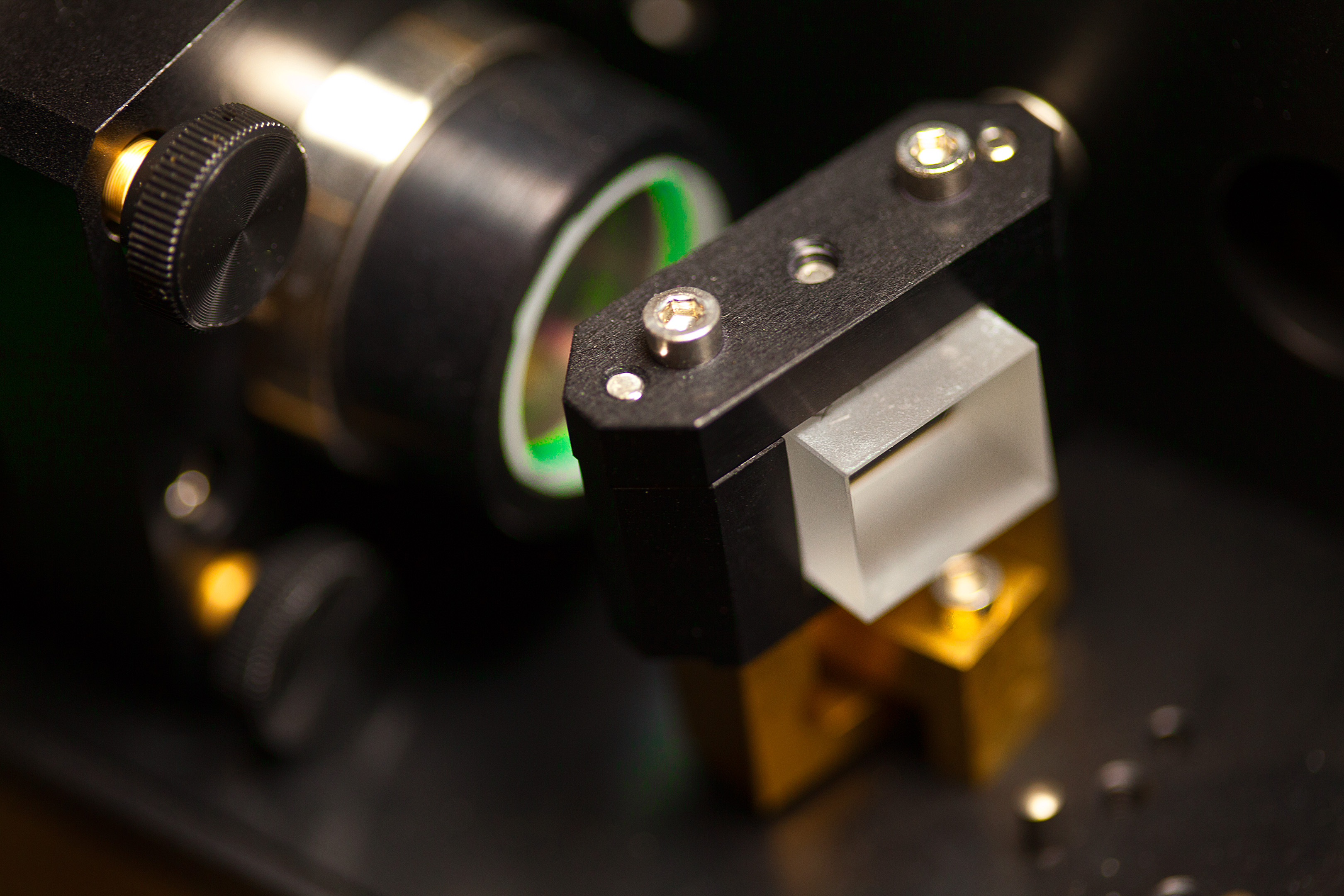
Catalytic processes will be explored together with the MAX-lab in Lund, which uses so-called synchrotron light to study materials and reactions. In catalysis, a compound hastens or enhances the efficiency of a reaction without itself being a part of the reaction. If the process is understood in detail, it becomes possible to manufacture better catalysts.
In terms of nanotechnology, there is also world expertise in Lund. At the Lund University Faculty of Engineering, Professor Lars Samuelson has founded the Nanometer Consortium. There, nanowires are produced in a process called aerotaxi, where gold particles in gas form link together with various substances into a structure. Just like with plasma, the researchers know that it happens, but not why. Perhaps, it may also be possible to analyze with lasers.
“When I talked with Lars Samuelson, it turned out that the compounds he is most interested in studying are almost exactly the same as those our department has studied for several years,” says Marcus Aldén.
New benefit from existing equipment
Here is an important point of the entire project: the laser diagnostics equipment and expertise already exist. The activities at the Department of Combustion Physics have been well funded since the 1980s and a great deal of work has been done with both the Faculty of Engineering and industry. They have measured processes in engines, gas turbines and much more.
“I believe that you should stick to what you’re good at, and build networks with those who know something else. We have been doing so for many years. Now, we were able to identify colleagues who were just waiting for this technology. We can in practice use the same equipment and nearly the same techniques that we already have, without major extra expense.”
The project also includes developing laser diagnostics by investing in new equipment that produces ultrafast, so-called femtosecond pulses. A femtosecond is one millionth of one billionth of a second. A rapid laser that provides entirely new measurement possibilities, that the researchers hope will help both the combustion research and the new projects.
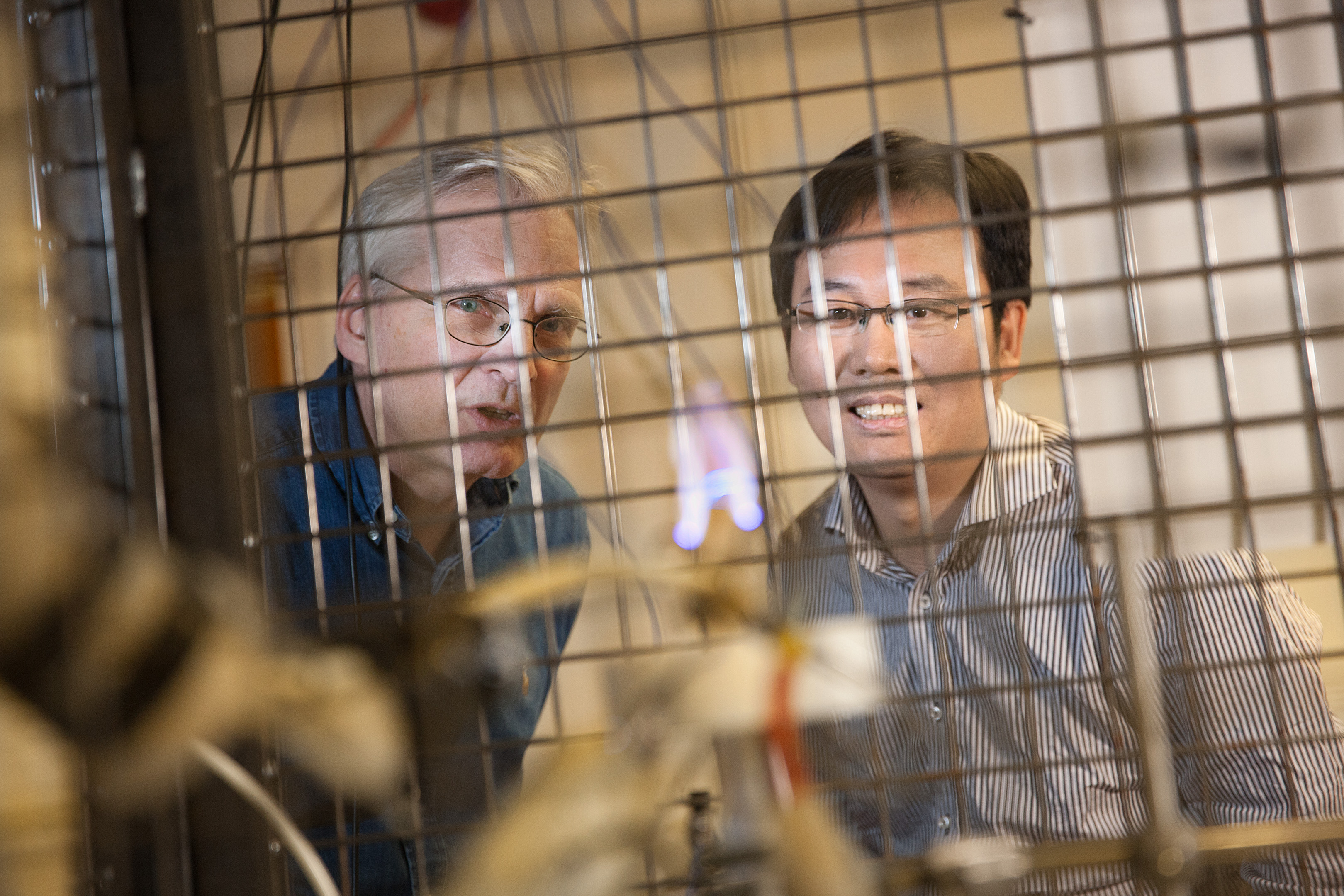
“The objective of our application to the Knut and Alice Wallenberg Foundation was that the grant would serve as a catalyst, that it would start completely new research projects. We painted with a somewhat broad brush.”
Marcus Aldén is clearly inspired by what is ahead, and convinced that the measurements will provide a lot of new and exciting information. But on a longer perspective, there are larger dreams.
“We have always developed diagnostics to understand. But if we could take the next step, either in this project or in the future, and use laser light to control the processes... We might be able to make the reactions more effective. I just have a feeling that we can be even smarter in how we use our advanced light sources,” says Marcus Aldén.
Text Lisa Kirsebom
Translation Semantix
Photo Magnus Bergström

